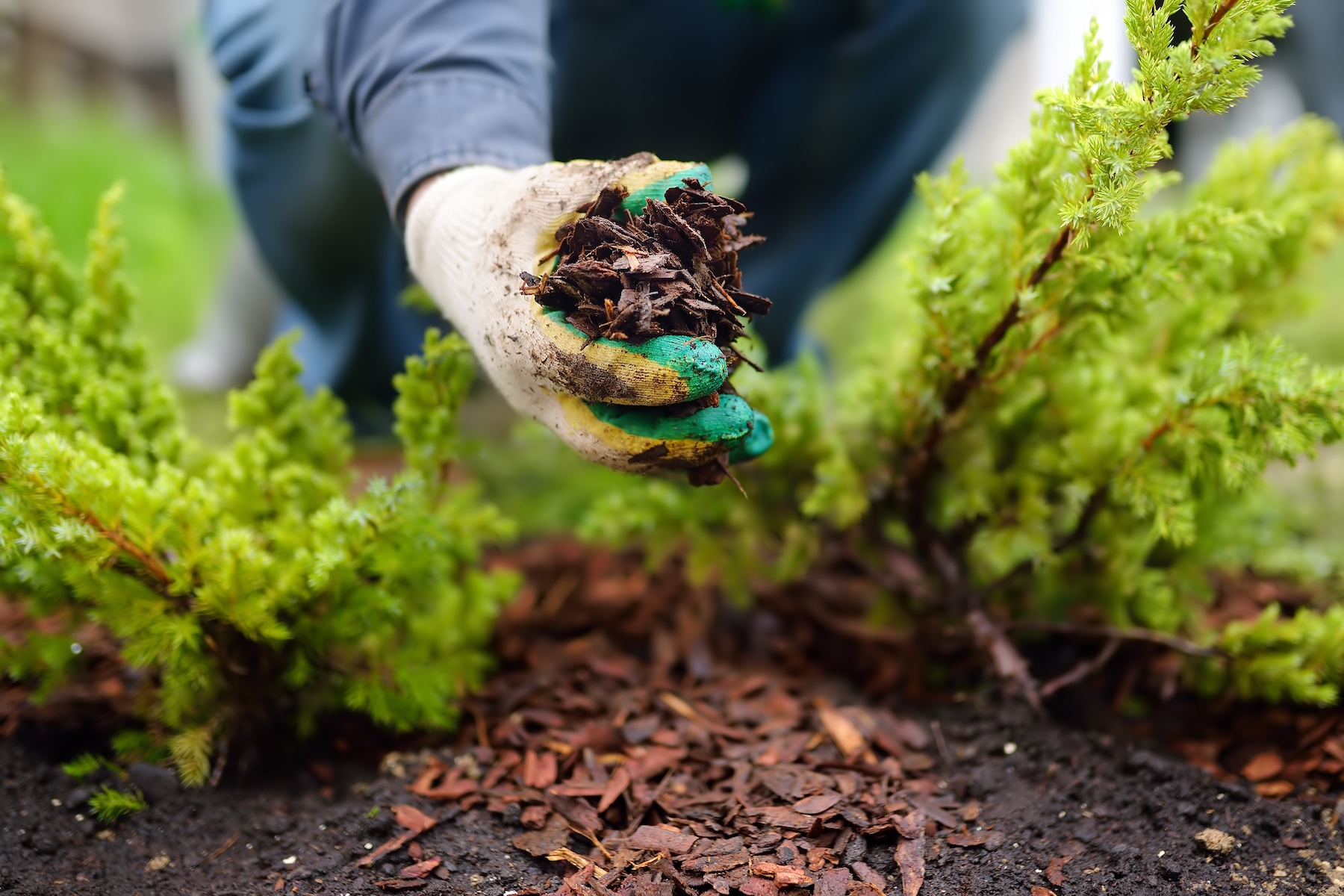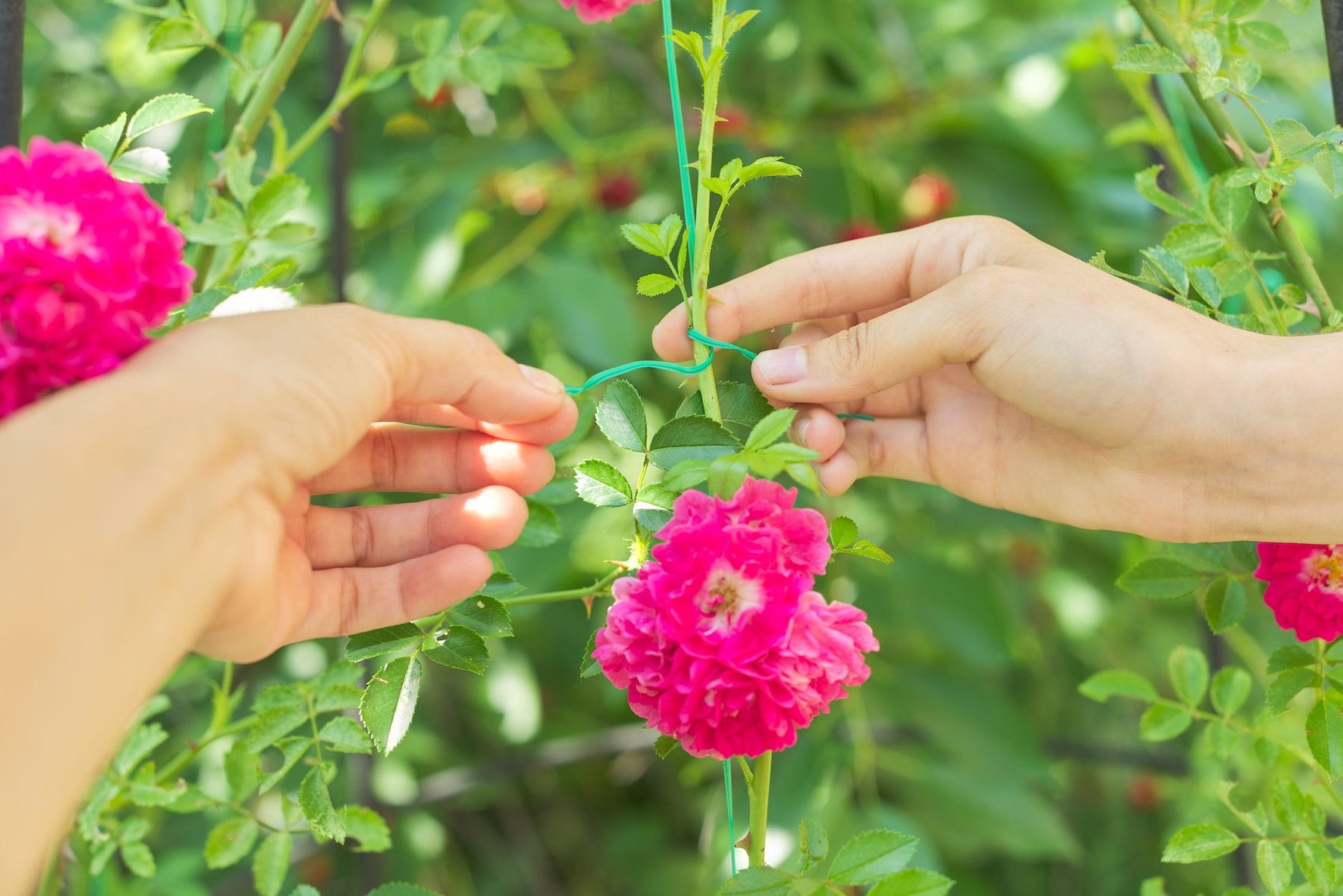Designing a rock garden is a fun endeavor and one of the most creative forms of gardening. These stunning gardens bring natural beauty to your yard, adding character and dimension. Plus, rock gardens are known to be relatively low-maintenance! However, when planning out and designing your rock garden, there are a few things you should take into consideration.
Location
One of the first things to consider when planning your rock garden is where to put it. Rock gardens are great candidates for gradually sloping hillsides. Aim to use an open area that is relatively sunny with good drainage. Especially if you live somewhere that receives a lot of rainfall. It is essential to have good drainage.
Use a Variety of Rocks
When designing your rock garden, rock selection is essential. It is best to select a variety of rocks rather than rocks that all look the same. The varying sizes and shapes of the stones you choose will create contrast and visual interest while giving your rock garden a more natural look.
When considering these rock sizes, consider what would be in scale with your home and yard. If you choose boulders that are too big for your yard, they can be overwhelming to the smaller space. On the other hand, too small rocks can get lost in an expansive landscape, lacking the ability to make any visual impact.
In addition to size, it is essential to consider the coloring of the rocks. When selecting rocks on the larger end, you should find rocks in lighter hues, or you might risk the landscape feeling too dark and heavy. Also, it is helpful to vary the color and tone of the rocks to keep the contrast and visual interest. Finally, these rocks should be complementary colors and shapes to keep the design from looking too busy.
Map it Out
Once you have an idea in your head of what you want your rock garden to look like, it is helpful to map out your plan. Sketching out where you plan to place your rocks and plants can be beneficial to do ahead of time, as rearranging your garden can be time and labor-intensive. In addition, larger rocks can be challenging to lift and move into place, so having a plan for where these look best is crucial (trust us, your back will thank you for planning ahead of time!)
When planning where to place your rocks, consider using your larger rocks as focal points to anchor the space. Then include smaller rocks around these larger rocks to unify your design. Finally, remember to allow spaces between the rocks for the plants to grow!
Keep in mind that you want to make sure your placement is natural and not too uniform. Learn from Mother Nature and make your garden look like it belongs by mimicking the natural environment with your placements. Essentially, this means that random groupings will look more natural than neat, straight rows or organized patterns of rocks. Following nature’s lead will make your rock garden more visually appealing and cohesive with the rest of your yard.
Pick The Right Plants
When selecting the right plants for your rock garden, it is essential to research and determine which plants thrive in this setting. For rock gardens, choosing plants on the smaller side that are alpine in their origin and are drought tolerant is a good idea.
There are many plants to choose from for your rock garden that is both functional and beautiful. A few great options are plants with smaller bulbs such as daffodils, wild tulips, or brodiaea. Grasses, sedums, and mungo pines are also popular choices as they look very natural in rock gardens. Also, creeping plants are an attractive option for your rock garden because of their ability to soften the rock edges and blend your garden well. Finally, succulents are a well-known drought-tolerant plant that can be great additions to a rock garden. While there are many great plants to select from, researching which plants you enjoy the look of and do well in this setting is very important.
Use Soil Correctly
Lastly, learning to use soil correctly is vital for maintaining a healthy garden. You do not want to choose a rich nutrient soil with lots of compost because rich soil is not great for rock gardens, and the plants will not do so well. Instead, it is best to mix small rocks, a layer of sand, and lean topsoil, including peat and small lava rock.
While designing rock gardens can be a fun and creative process, it may be helpful to have knowledgeable professionals on board to help execute your vision seamlessly. So get in touch with us today to bring your rock garden vision to life!



